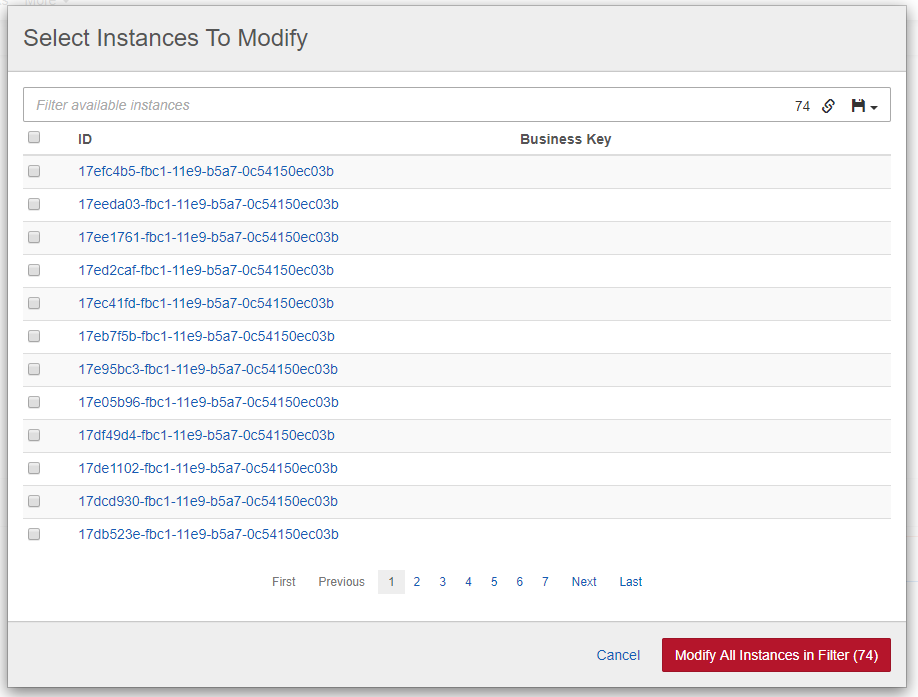
RECEIVE retrieves IMPORT and TABLE parameters as well as messages and return codes.īefore you implement parallel processing, make sure that your background processing application and your SAP system meet these requirements:

May be used only if the CALL FUNCTION includes the PERFORMING ON RETURN addition.ĪBAP keyword RECEIVE: Required if you wish to receive the results of the processing of an asynchronous RFC. This is normally a requirement for orderly background processing. Use in conjunction with SPBT_GET_PP_DESTINATION if you determine that a particular server is not available for parallel processing (for example, COMMUNICATION FAILURE exception if a server becomes unavailable).ĪBAP keyword WAIT: Required if you wish to wait for all of the asynchronous parallel tasks created with CALL FUNCTION to return. Excludes a particular server from further use for processing parallel processing tasks. Call immediately after the CALL FUNCTION keyword to get the name of the server on which the parallel processing task will be run.įunction module SPBT_DO_NOT_USE_SERVER: Optional. The keyword implements parallel processing by dispatching asynchronous RFC calls to the servers that are available in the RFC server group specified for the processing.įunction module SPBT_GET_PP_DESTINATION: Optional. You can pass the data that is to be processed in the form of an internal table (EXPORT, TABLE arguments). Typically, you'll place this keyword in a loop in which you divide up the data that is to be processed into work packets. Use this keyword to have the SAP system execute the function module call in parallel.

Use to determine the availability of resources for parallel processing.Ĭheck that the parallel processing group that you have specified is correct.Ĭheck how many work processes are available so that you can more efficiently size the packets of data that are to be processed in your data.ĪBAP keyword CALL FUNCTION STARTING NEW TASK with the DESTINATION IN GROUP argument. You can implement parallel processing in your own background applications by using the following function modules and ABAP keywords:įunction module SPBT_INITIALIZE: Optional. Side red/brown pair of pins always correspond to -12V similar as with typical gray ribbon cable.Parallel processing is implemented in the application reports that are to run in the background. How can I replace the panel with other color? Check the merch store and panels replacement guide. Therefore it is unusable with normal effect processors. The signal routed to the external microphone input of an iOS device via 3.5mm jack is very low, around < 40 mV (peak to peak) and therefore it is attenuated inside the Cockpit module. The mode is stored after a few seconds and will load on the next power up.Ĭan I utilize other gear than iOS devices to use the send/return jacks of the Cockpit, such as guitar pedals etc.? Cockpit is designed to be used with iOS device’s external input using the TRRS cable (delivered with the Cockpit). Holding for 1 second while they being pressed will switch the mode in which the Cockpit is indicated by blinking of the blue LED. Also make sure you press all 4 encoders at once. Make sure the encoder buttons work properly i.e.

I cannot switch the algorithm of the Sidechain Compressor. Modulargrid: BLACK / GOLDEN Hi-res pictures: BLACK / GOLDEN Manual: HERE New versions available: Cockpit 2 and Cockpit 1U Stereo output for speakerphones or headphones with enough current to drive a wide range of headphones On-board compressor with external sidechain control voltage option to add proper dynamics to your mix 4 Stereo Channel Performance Mixer with Sidechain Ducking DISCONTINUED


 0 kommentar(er)
0 kommentar(er)
